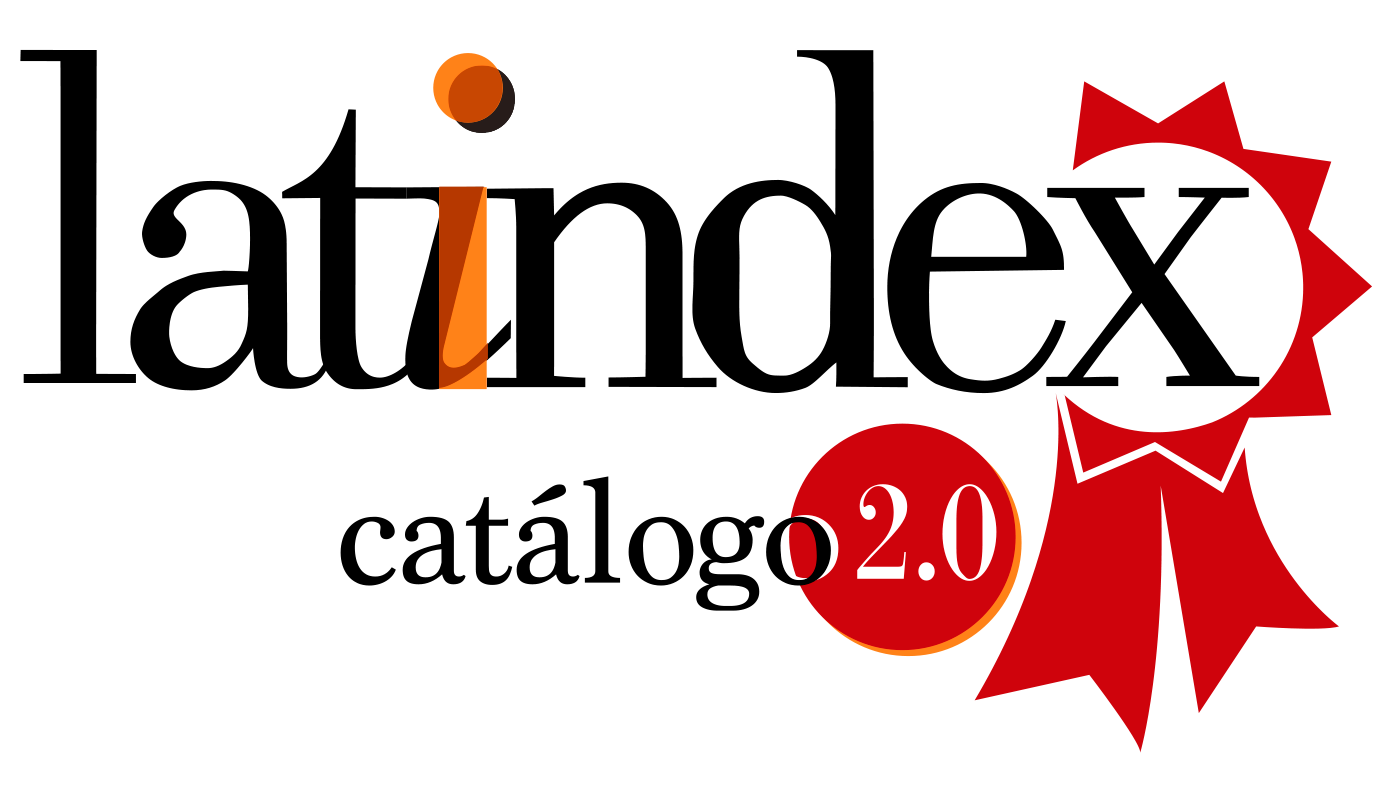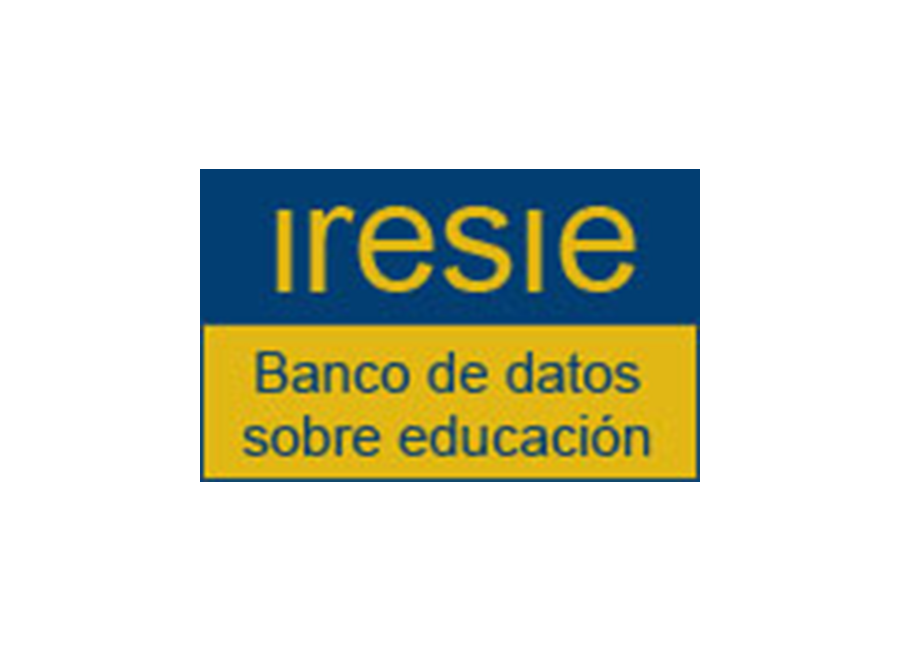Uso de los medios sociales como herramienta de aprendizaje en educación superior: análisis comparativo entre México y Corea del Sur
Keywords:
aprendizaje social, educación superior, medios sociales, social mediaAbstract
El presente trabajo contextualiza y analiza el uso de los medios sociales como herramienta de aprendizaje en educación superior entre México y Corea del Sur. Se elaboró un análisis comparativo a través de un metaanálisis de investigaciones referentes al uso de los medios sociales en entornos de aprendizaje, partiendo desde el surgimiento de la Web 2.0 hasta el auge y popularidad de las redes sociales. A lo largo de este estudio se presentan algunos datos que describen las características y los mecanismos de estos medios, propósitos de uso, entornos tecnológicos que facilitan su incorporación, estrategias pedagógicas implementadas y sus efectos en el aprendizaje.
Downloads
Downloads
Published
Issue
Section
License
This work is licensed under a Creative Commons Attribution-NonCommercial 4.0 International license.
Authors who publish in Sinéctica agree to the following terms:
The authors retain copyright and grant the journal the right of first publication of the authorized work simultaneously under a Creative Commons Attribution License, which allows others to share the work as long as both the authorship of the work and the initial publication in this journal are acknowledged.
Authors may enter into additional separate contractual agreements for non-exclusive distribution of the published version of the journal (e.g., publishing in an institutional repository or a book), with acknowledgement of initial publication in this journal.
Authors are allowed to publish their work in institutional repositories or on their own website before and during the submission process, as it may generate productive exchanges, as well as earlier and greater citation of the published work.
Explanatory note: As of 2017 Sinéctica is governed by the Creative Commons Attribution Non-Commercial 3.0 International License, a version that standardizes licenses internationally.
Articles published between 1992 and 2016 are covered by a Creative Commons Attribution-NonCommercial-NoDerivatives 4.0 International license, which allows a work to be shared and distributed non-commercially and with acknowledgement of the author, but prohibits modification of the original creation.






















